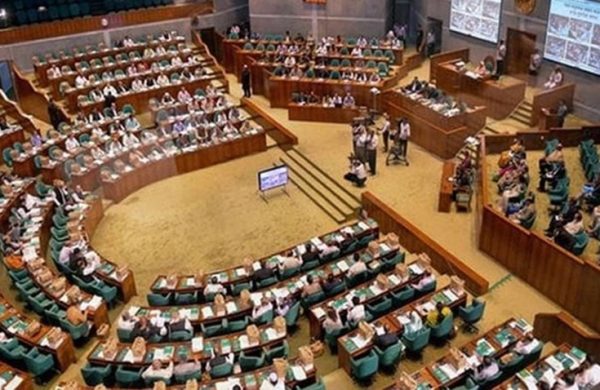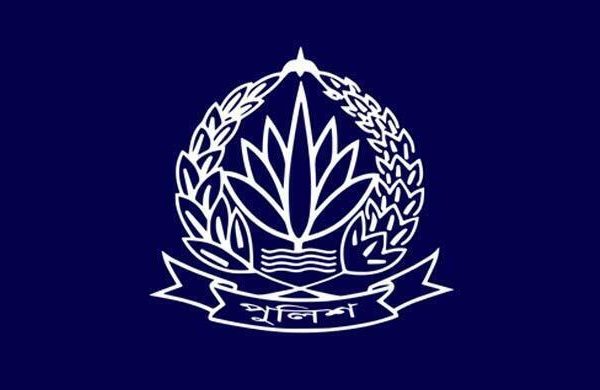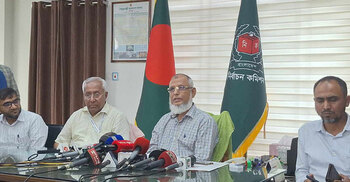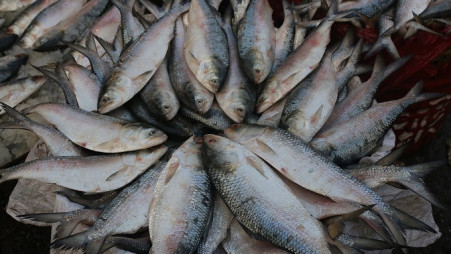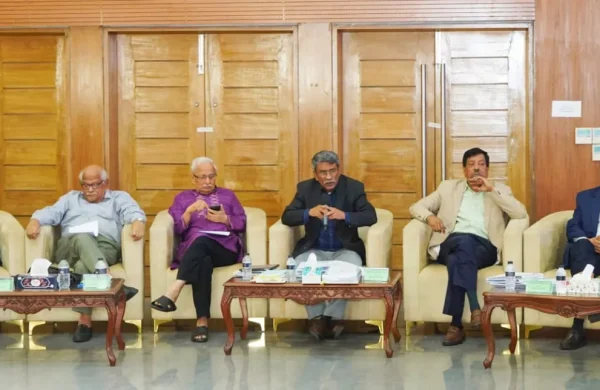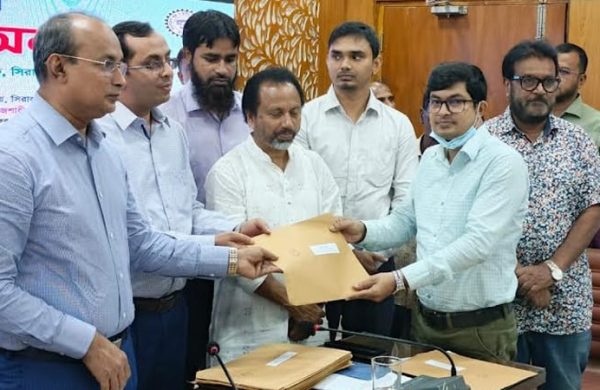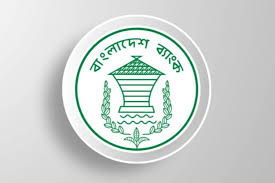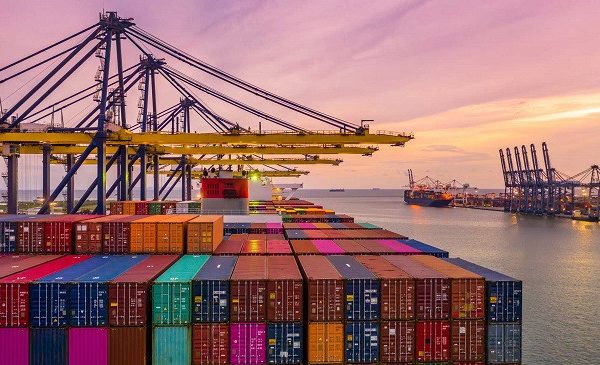Is higher hilsa production data based on facts?
- Update Time : Saturday, July 5, 2025
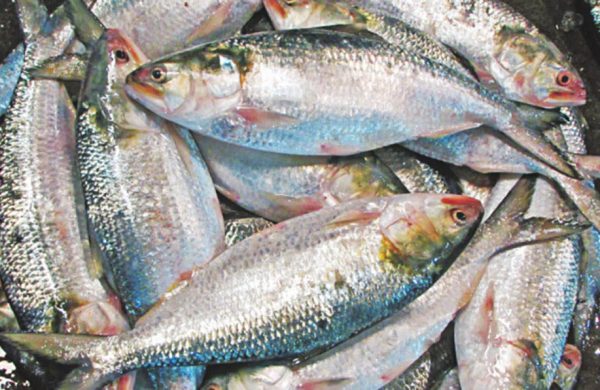
Staff Correspondent:
Bangladesh ranks first globally in hilsa production, accounting for 75% of global hilsa catch, according to the fisheries department. Yet, hilsa prices remain out of reach for many.
The department’s annual fisheries report highlights production volumes, regional data, and yearly trends, with a particular focus on hilsa. The 2023–24 report claims that hilsa production has steadily increased since 2001.
The statistical claims and field realities seem to contradict each other.
In late June visited several fish landing sites in Laxmipur to investigate the hilsa data collection process. Over 50 people, including fishermen, traders, and wholesalers, unanimously said the statistics are based on guesswork.
Fishermen and traders accused both local and national fisheries officials of fabricating hilsa production figures, which do not reflect the reality.
Laxmipur District Fisheries Officer Md Billal Hossain said hilsa production in the district was 23,000 tonnes in FY2023–24. He stated that 12 enumerators report daily hilsa counts from 12 major landing stations among the 25 in the district. He also mentioned the sites where the enumerators are stationed.
FISHERMEN AND TRADERS SAY HILSA STATISTICS ARE INACCURATE
Based on the list provided by the fisheries officer, this reporter visited the well-known Motirhat fish landing site in Laxmipur district, which houses 42 fish depots.
Md Khokon, 40, a well-known trader who has been involved in hilsa trade there for 15 years, said, “There are no enumerators from the fisheries department or any other organisation in Motirhat. The idea is laughable.”
Fellow traders Mihir and Faruk added that no fish landing site in Laxmipur is ever surveyed, and hilsa is sold by piece, not by weight. They stressed that the fisheries department never collects data from the field.
Md Kabir Hossain, 43, a trader who buys hilsa from various Meghna river ghats and sells it across the country, said the fisheries department presents fabricated data, showing increased production each year.
He suspects this could be due to ongoing projects requiring projection of upward trends. “If our district data is fabricated, then the national numbers must be too,” he said.
At Alexander Centre Khal ghat in Ramgati upazila – Laxmipur’s second-largest landing site with 52 depots – trader Safiq confirmed that no government or private organisation has ever collected fish data.
At Tankibazar, the largest landing site between Laxmipur and Noakhali, trader Touhid said hilsa is sold in bundles of 80 fish (pon), not by weight. He too has never seen any data collection there.
Jamal Uddin, 40, a long-time shopkeeper at Kotoria fish ghat in Kamalnagar, said in his 20 years, no one has ever asked how much fish was traded. He believes the annual production figures announced by the government are based on assumptions.
Fisherman Saleh Ahmed, 60 said, “Real data should come from the landing sites, but instead we get made-up figures that spark nationwide debate. They say production is up, but we can’t find fish in the rivers, and prices are beyond the reach of ordinary people.”
EVEN FISHERMEN CAN’T AFFORD HILSA
At Talatoli fish landing centre, fishermen Mohsin, Belayet, and Monir said hilsa has become so expensive that even they cannot afford to eat it for months at a time. Despite catching hilsa themselves, the high prices make it out of reach.
They argue that if hilsa production had truly increased, the catch would be greater, and prices would have dropped. According to them, the official hilsa production statistics are inaccurate and based on fabricated assumptions made in air-conditioned offices, far from the realities on the ground.
According to the fisheries department, the district produced 82 tonnes of hilsa daily in the last fiscal year. But traders insist that total daily supply across all 25 landing stations did not even reach 20 tonnes, highlighting a severe shortage.


